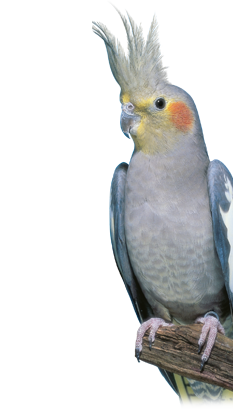Articles
Did you Know
- A bird’s anatomy is remarkably similar to that of a human – both have a heart with right and left coronary arteries and four chambers with four valves to pump blood into similar blood vessels.
- A bird’s heart beats much faster than a human’s and pumps more blood for its size.
- Birds have a remarkably flexible neck and can turn their heads around 180 degrees.
- Although birds possess the senses of smell and taste, they are poorly developed.
- Both humans and birds are warm-blooded creatures - birds operate at 41 degrees compared with our 37 degrees.
- Bird blood contains all the same cells as ours – white cells for fighting infection, platelets for clotting after injury, and red cells for carrying oxygen round the body.
- Native birds are most active in the early morning and early evening.
- Parrots have been kept as companions possibly as far back as the time of the ancient Egyptians.
- A bird’s bones are hollow and thin walled to make them lighter which helps them fly.
- While most warm-blooded creatures have two kidneys, birds have just one so lighter and able to fly more easily.
- Man has documented 9,200 species of bird around the world. In Australia, nearly 800 species of birds have been identified.
- Crows and parrots are among the most intelligent birds living today.
- Evidence shows parrots being kept in ancient Greek society as early as 400 BC.
